Book Review – Chronographs for collectors by Joel Pynson and Sebastian Chaulmontet
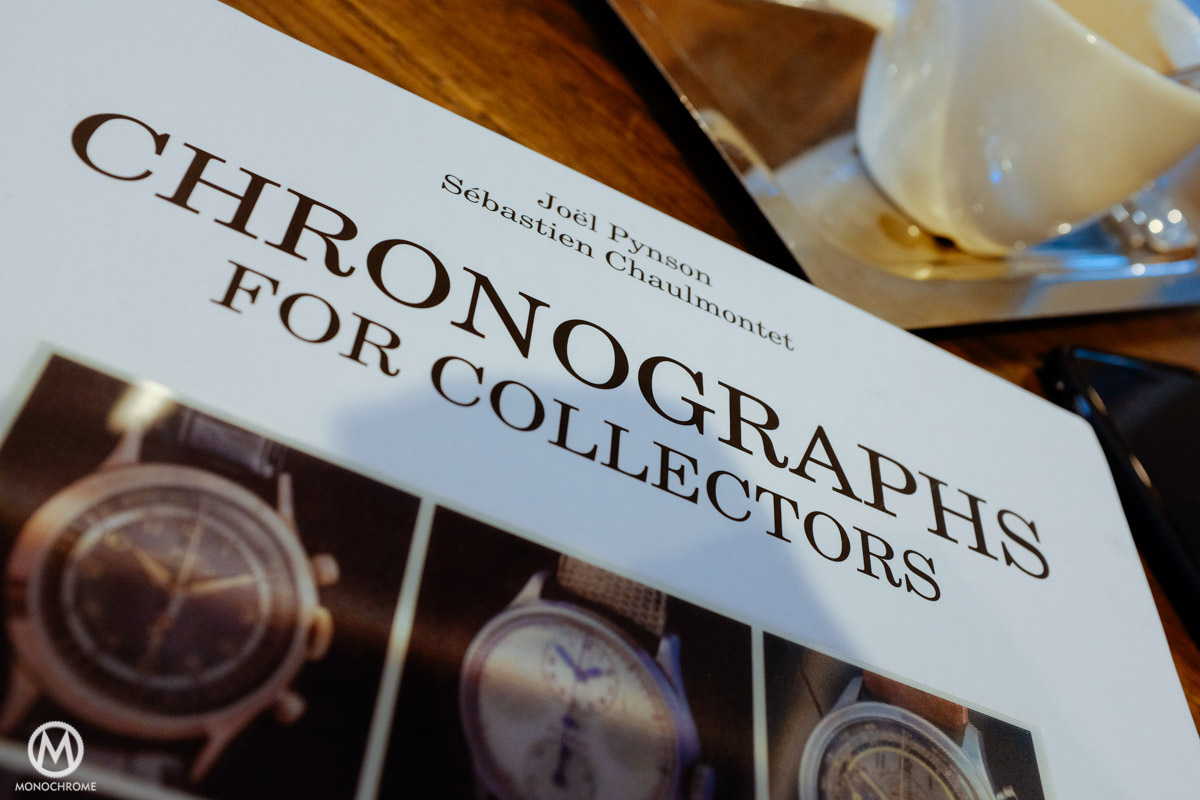
Today, we have something different for you, as we would like to share a very interesting book, written by Joël Pynson and Sebastian Chaulmontet (the man behind Arnold & Son and Angelus), named Chronographs for Collectors. The authors conducted thorough research into the origins of the chronograph and 30 chronographs. Chronographs have always been among the most difficult movements to design, and a lot of technical skills are required to produce these watches. The 30 models selected are historical, and characteristic the period. For each watch, a synopsis of its history, expert opinion, an overview of similar models, and an assessment of rarity, price level, and technology. The authors aim to help collectors, to make knowledgeable buying-decisions about vintage chronographs.
Did you know that the term “chronograph” goes back to a stopwach developed by Nicolas-Mathieu Rieussec in 1821, where a hand dropped ink on the dial to mark the start and the end of a time interval? Can you imagine that would happen today in sports, flight and space? The development of chronographs has taken major steps since its early days. From droplets to TAG Heuer’s Microgirder that measures 1/2000th of a second.
The appeal of chronographs
There is something about chronographs that appeal to collectors up to this very day. Pynson and Chaulmontet are somewhat poetic when they say that “with a chronograph you can decide time’s fate“. Nowadays, we take the possibility to measure time intervals for granted. Every smartphone has a built-in stopwatch, time and date indication, and an even an alarm. However, when you read the book and look at images of old advertisements, you quickly realize that things were different in the early days of the chronograph. Stopwatches and chronographs were essential to measure time intervals in sports and travel. By the way, the difference between the two is that a stopwatch does not keep track of the time, only of time intervals. Although the necessity to have timing functions in the modern sports watch has vanished, it is just fun to trigger and stop the timing functions. The attractiveness and the sporty character of a chronograph may also explain the popularity of chronographs. See our technical column for in-depth information about chronographs.
Purpose of the book
Chronographs for collectors by Joel Pynson and Sebastian Chaulmontet describes the origins of the (wristwatch) chronograph. Thirty (30) chronograph classics that characterize a specific period in the evolution of the chronograph watch. There is no explanation why these models have been chosen other than being “characteric for the period” and that the rarest chronographs have been excluded. The book aims to help collectors make solid decisions to buy or not to buy watches that are collectible, not in museums.
Does the book read well?
Chronographs for collectors is not only a book that can be put at your table for display or to show-off your good taste, but also it reads well. It has a clear structure; for each chronograph, a synopsis of its history, an expert opinion, and an overview of watches that show resemblance to the chronograph discussed have been included. There are many photographs of the dials, the movements, and advertisements. This is remarkable because the research project involved studying many documents, including patents that are usually not among the easiest papers to read.
Is it useful?
Personally I found Chronographs for collectors very useful as it includes description of watches that may not be known to everyone but left their marks on history. The expert opinion highlights the unique features of the watches as well as the key characteristics that help you recognize if you are dealing with an original or a fake watch. Another useful feature is an overview of the technological innovation, represented by 1-4 gears, its rarity, represented by 1-4 loupes, and price, represented by 1-5 dollar signs. However, the authors do not specify the specific wording.
The authors assume that you know how a chronograph works. Although there is a glossary of terms and a drawing of a chronograph movement that outlines the main parts, there is no technical description how it works.
Some facts described in Chronographs for collectors
- The modern chronograph was invented by Henri Ferréol Piguet in 1861, but patented by Adolphe Nicole.
- The chronograph became popular by the end of the 19th century in the laboratories for scientific experiments and in sports fields for measuring performance.
- The first known wrist chronograph dates from 1909, a watch by A. Ducommun-Muller.
- Lémania was the only producer of movements who also sold finished watches under its own name.
- In 1910 Omega produced already 800 watches per day in their factory in Bienne.
- The Valjoux 7750 movement was born in 1973. The movement has lots of torque to drive complications and easy to modify. The main criticism related to the use of a cam instead of a column wheel and oscillating pinion instead coupling wheels as well as aesthetics.
- According to the experts, the TDBK is among the most interesting automatic chronographs to collect. It displays hours and minutes digitally.
Our recommendation
If you like/love chronographs, and aren’t shy to spend € 145 euros, we certainly recommend you to buy the book. The price remains reasonable considering the amount of researches done by the authors. You can order the book online via this link: http://www.time2tell.com/catalogue/uncategorized/chronographs-for-collectors/

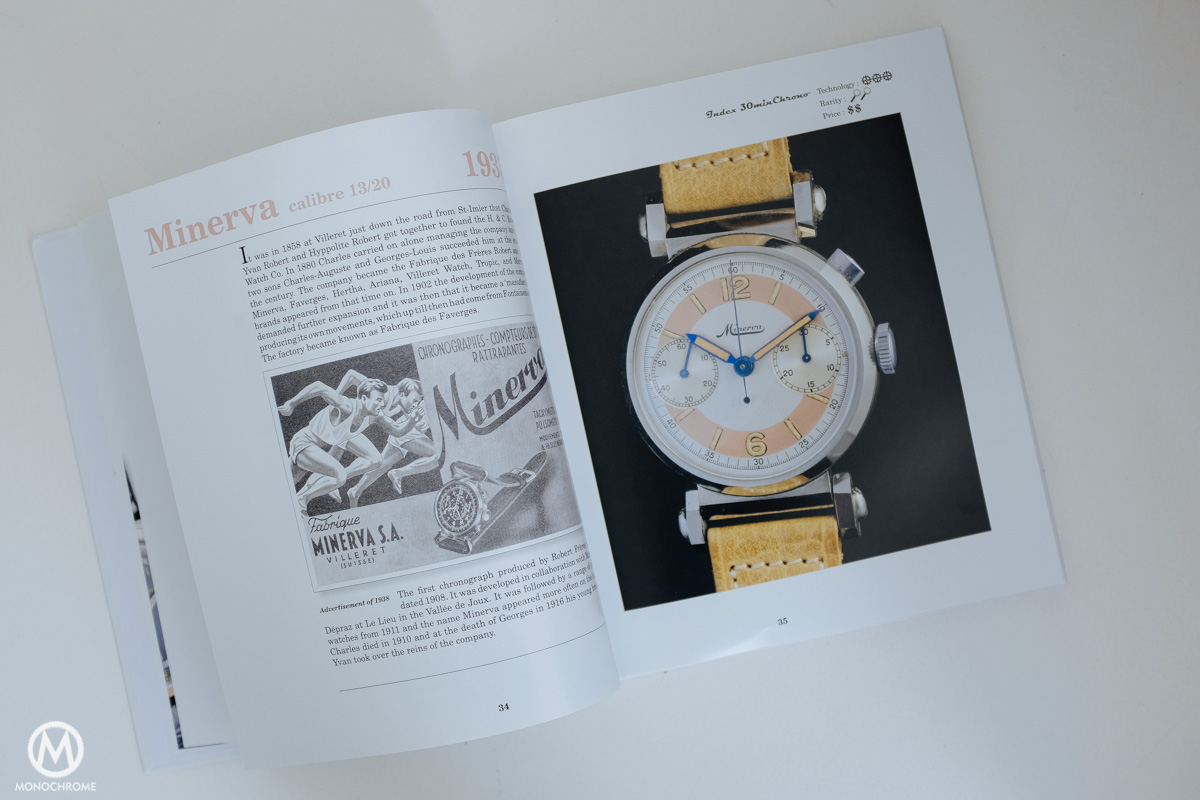
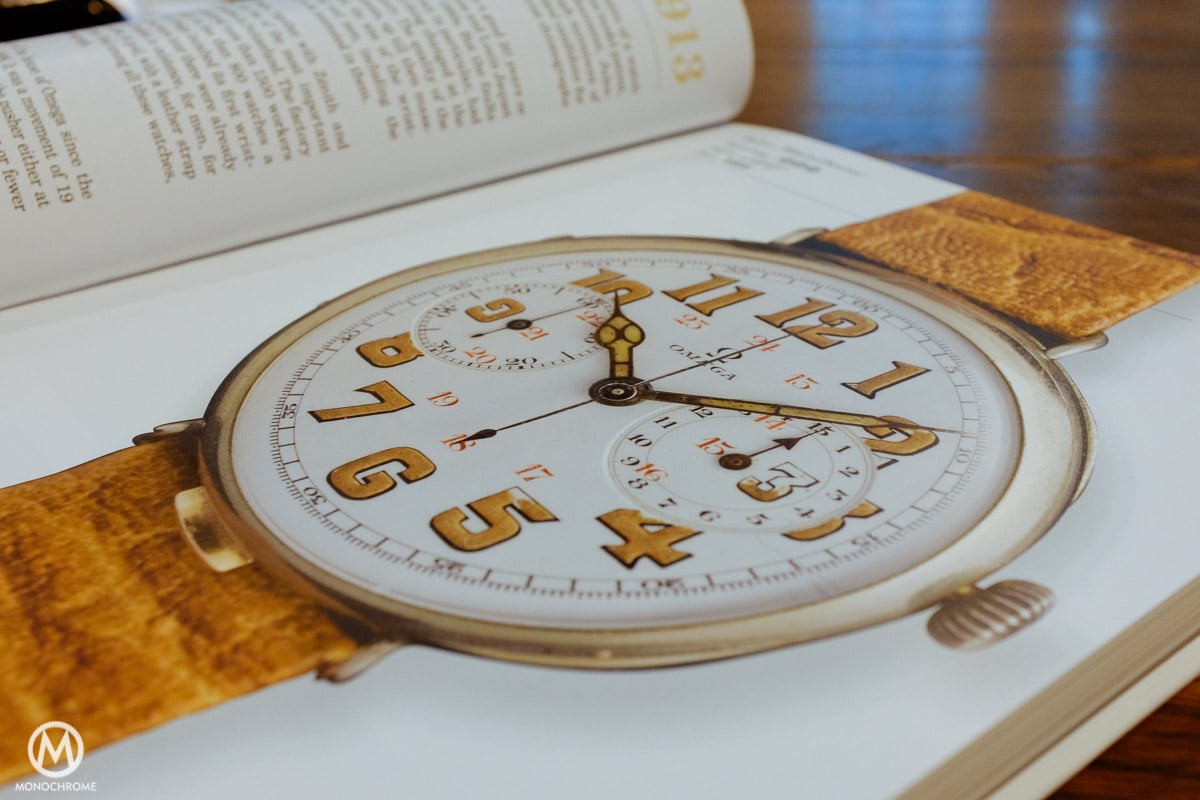
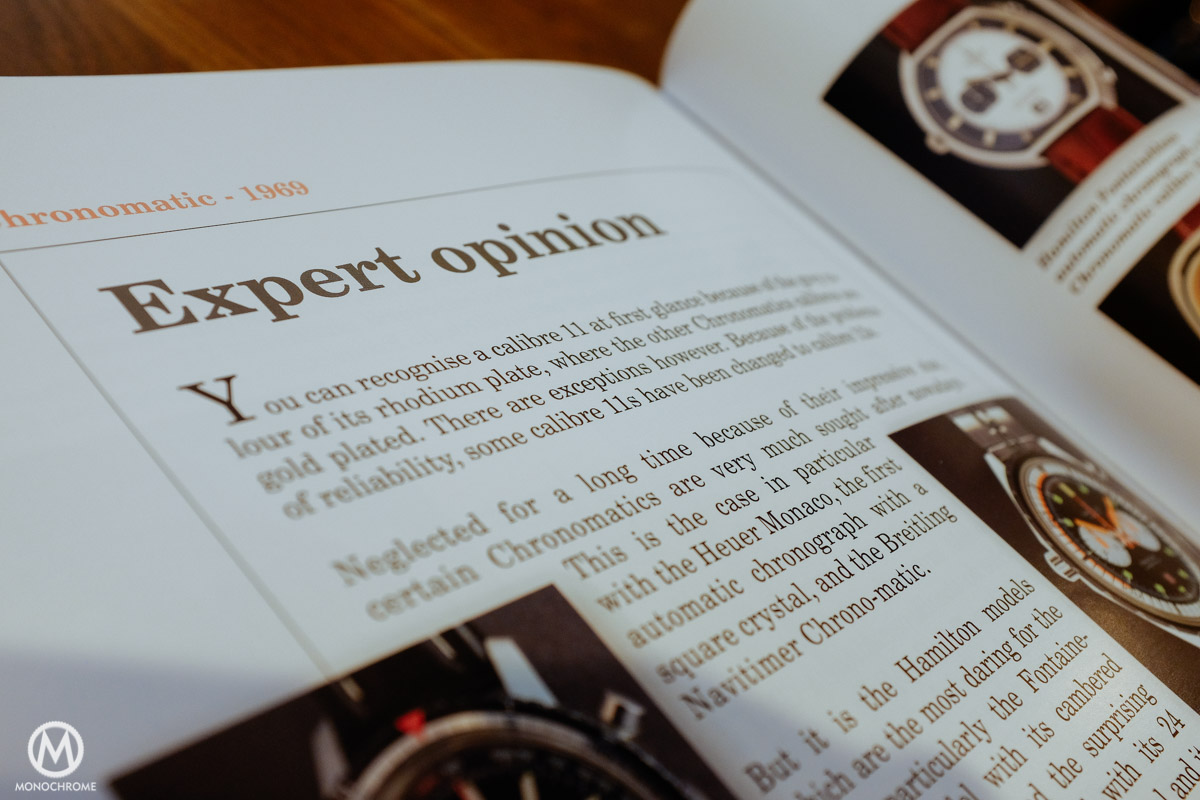
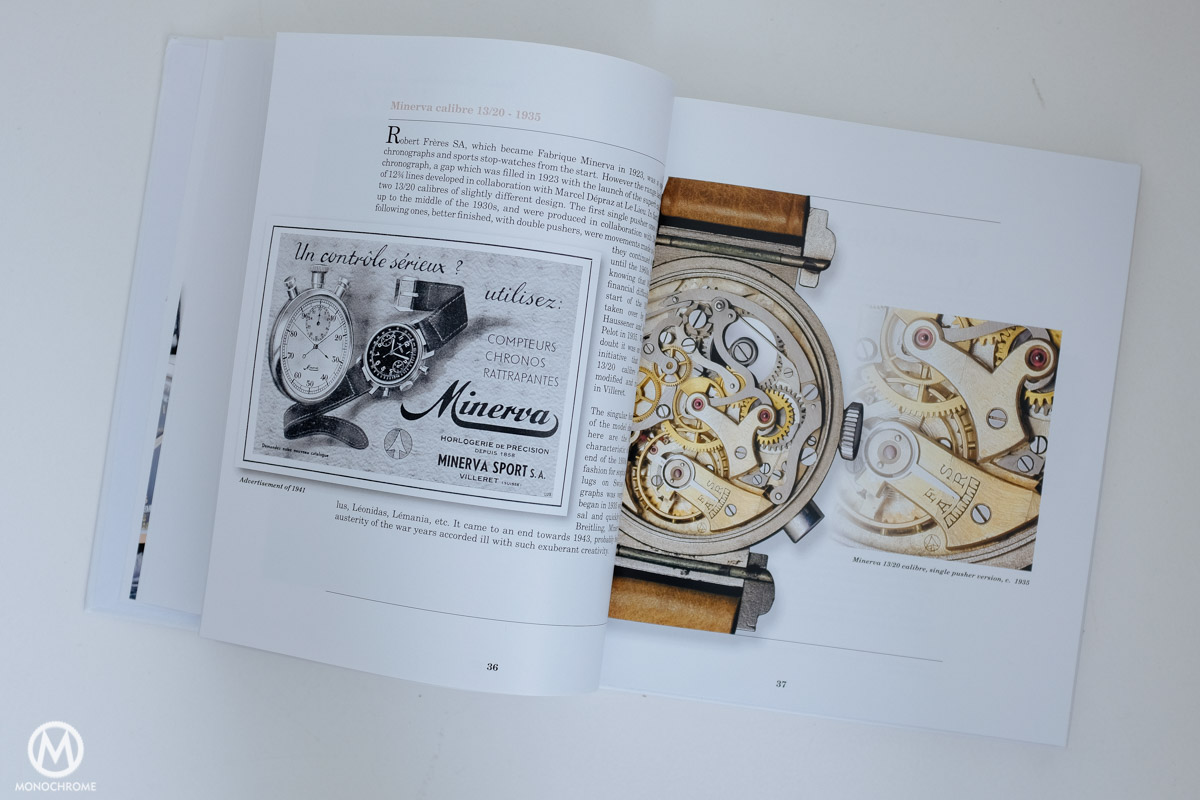
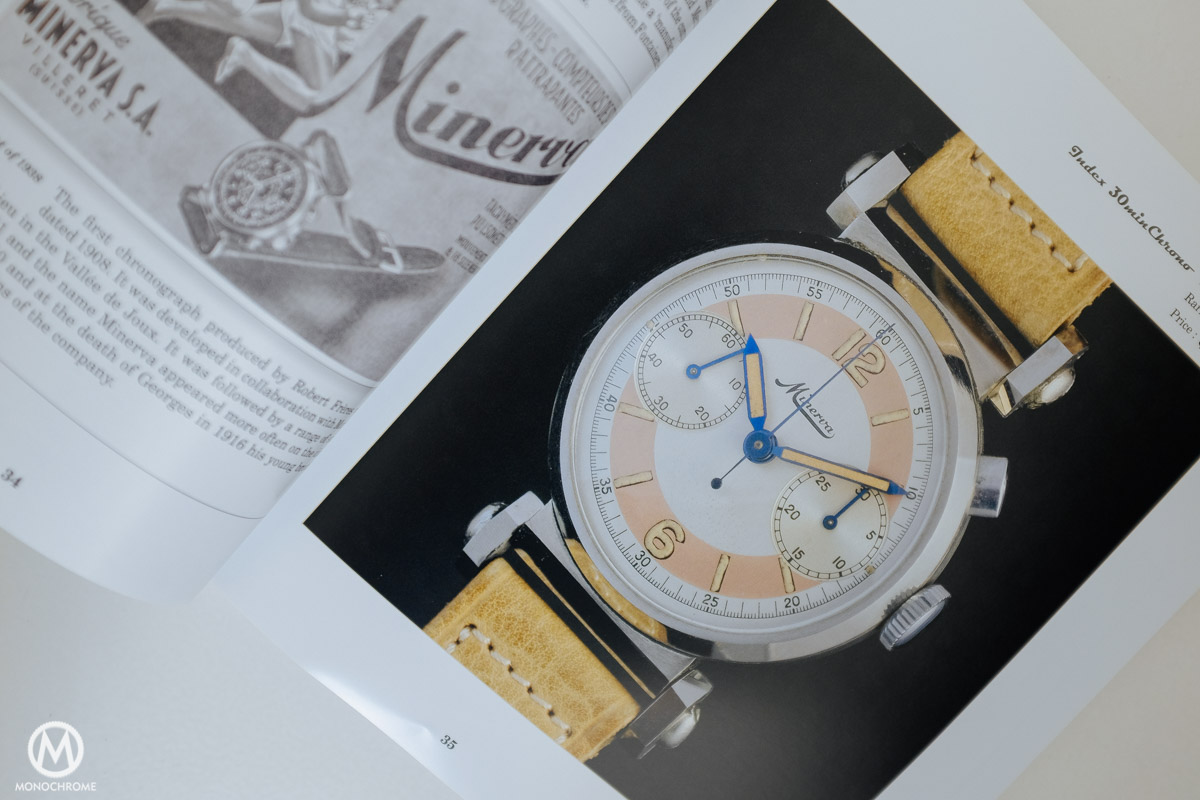

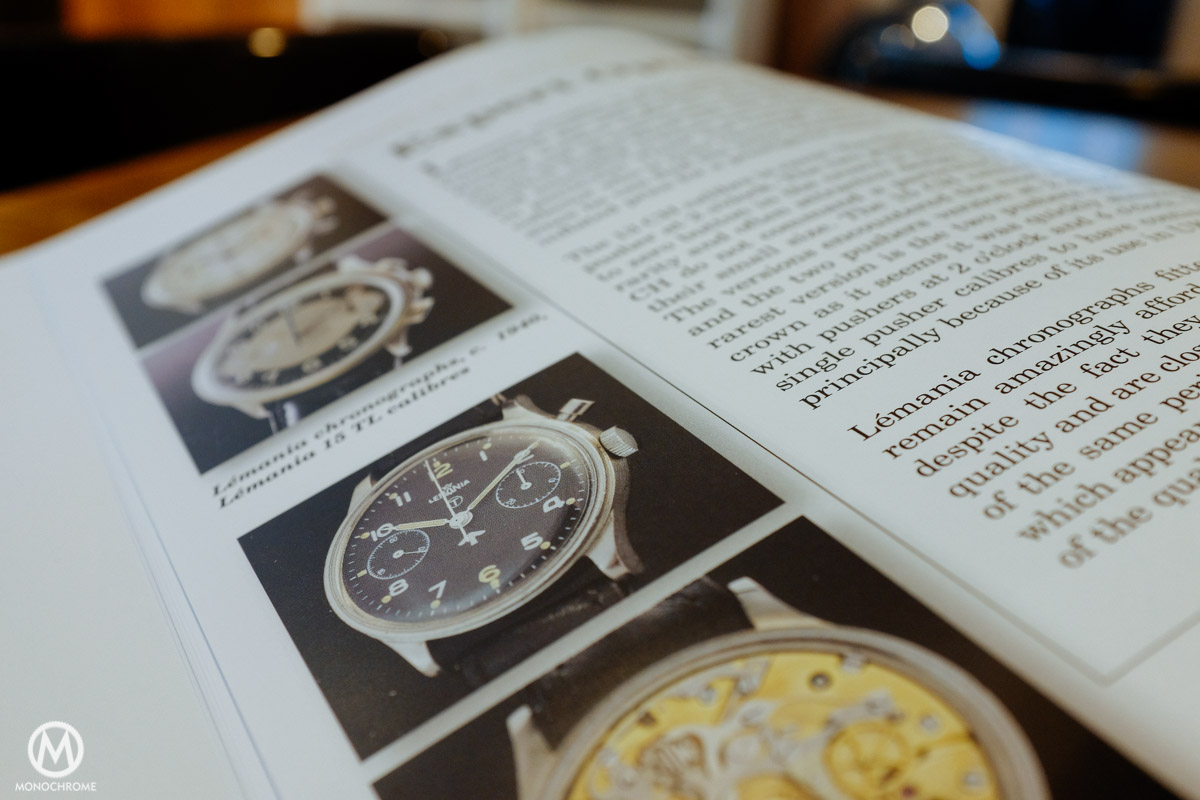



2 responses
thank you this sounds like an interesting book, I have a question please, what is TBDK? Google does not seem to have any information on a search of “TBDK chronograph”
TDBK (and not TBDK) stands for Tenor-Dorly, Brac and Kelek, the 3 companies who have developed this chronograph. The kind of underestimated watch Sébastien and I tried to highligt.